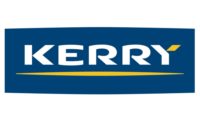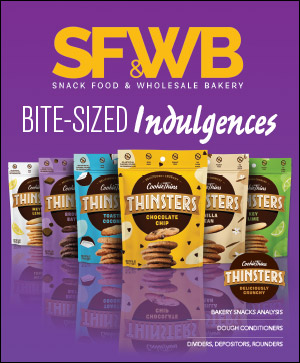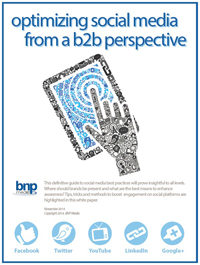Kerry, the Taste & Nutrition company, has released Food Protection Powering Your Menu — Consumer-friendly protection with real ingredients, a white paper that examines the accelerating trend of consumers demanding clean label ingredients and details what these changes mean for foodservice companies looking to clean up their menus. The paper details the lasting power of the clean label movement around the world and its extension to how consumers increasingly view restaurant menus. In addition, the paper provides a framework for making clean label improvements in terms of ingredients, processes and protection, and imparts guidance on navigating these solutions. Real-world case studies in plant protein, beverages, burger buns, cured meats and cheese slices are provided to illustrate how clean label solutions are being applied successfully in commercial settings.
Over the last decade, the trend toward clean label has accelerated on every continent. This year alone, global sales of clean label food and beverages are expected to reach US$180 billion. Sales of clean label ingredients—which are already growing at a rapid pace of 6.75 percent annually—are projected to reach a staggering $51 billion by 2024. People everywhere continue to demand appetizing, safe and natural solutions with reduced artificial additives (e.g., preservatives, colors and flavorings).
More recently, there has been an escalation of consumer concern around food safety, driven by feelings of vulnerability triggered by the COVID-19 pandemic. Much of the public has had more time to read ingredient labels of late, leading many to prioritize health and wellness by seeking out natural and nutritious foods. The white paper notes that the top five clean label claims are now All Natural/100 Percent Natural; Made with Real Ingredients; No Added Sugar; Organic; and No Additives or Preservatives. The claim “made with real ingredients” became the number two clean label claim in 2019, up from fifth place in 2017. Interest in “real”—meaning natural and unmodified—ingredients has accelerated quickly, and is now extending to foodservice.
“Transitioning to a clean label menu in foodservice operations is worthwhile give that widespread consumer demand for more natural ingredients shows no signs of slowing down,” says Emma Cahill, sr. strategic marketing manager for food protection at Kerry. “Although the clean label trend initially took root in grocery stores, it is now extending to restaurants and food chains, and our white paper provides a road map and concrete examples of how companies can partner with Kerry to navigate a clean label transformation as they work to protect and enhance their businesses in line with the growing consumer demand for authenticity.”
Balancing consumer and customer needs: Food protection
Consumers and food producers both consider food safety a top priority, and want to ensure food protection measures that are both safe and as natural as possible, while still delivering the flavor qualities consumers have come to expect. These evolving consumer demands can often be contradictory: no artificial preservatives but with a long shelf life; sustainable with little food waste yet still affordable; and so on. This complexity creates challenges for food producers, supply chain and foodservice operators.
Food protection is never a simple case of switching or adding an ingredient. When a switch is made, the microbiological safety of food, as well as other important attributes—e.g., taste, texture and nutrition—are impacted. The end goals of any clean label menu change are clear: eliminate undesirable ingredients such as artificial flavors and traditional preservatives; keep foods and beverages safe over their shelf lives; differentiate as a clean label operator by facilitating positive claims and showcasing simple ingredient declarations; and perfect taste while maintaining quality. In reality, the process is not straightforward, but companies can partner with a trusted supplier to facilitate an easier transition to clean label.
“The purpose of the Kerry white paper is twofold: to explain the complexity of clean label for foodservice operators; and to detail how they can leverage clean label ingredients and food protection solutions that not only meet, but in fact exceed, the rapidly evolving consumer call for safe food and clean labels,” added Cahill. “Our paper provides significant guidance on protecting the safety, quality, taste, nutrition and flavor of products—and along with that a company’s brand reputation—as they seek to apply clean label ingredients and processes to their menu.”
The white paper can be downloaded here.




